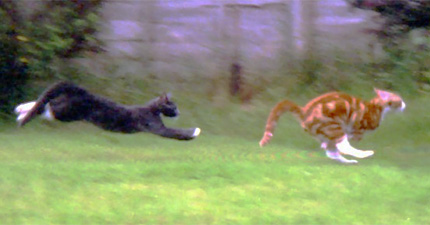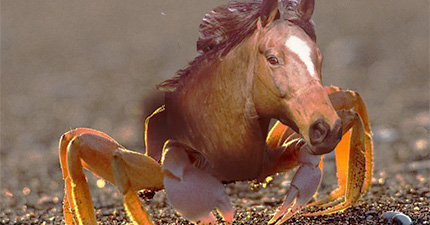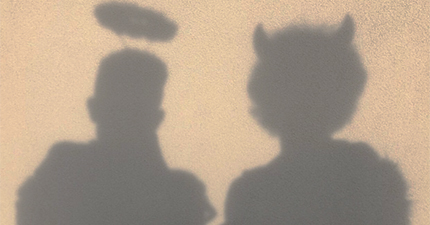In Chinese cosmology, the 五行 or five forms include wood, fire, earth, metal, and water. Out of all of these, wood is the most opportunistic. Wood is the only type of discourse that is alive. Everything else—fire, earth, metal, and water—interacts with life in some way but isn’t alive on their own.
This is the first article in a series where we will look at some modern and contemporary artists through the lens of Chinese astrology. We’re going to only look at sculptors because materiality is too limited when it comes to painting. Sculptors can use whatever mediums they want. We’re also limited by publicly available birth info. Not all artists have their birth info public so we can only work with artists whose birthdays are known. When we look at these artists, we’re going to take special notice of the day stem because that is the part of the chart that represents the person themselves.
Here are some characteristics of wood. Wood moves upwards. It stretches and reaches up. It takes aim and unfurls. It will grow wherever it can and not just where it is welcome.
There’s two types of wood—yang wood and yin wood. Yang wood is called jia while yin wood is called yi. In the heavenly branches, tiger is yang wood and rabbit is yin wood. If someone has wood tiger in their chart, then that would be a pretty strong expression of yang wood. If someone has wood rabbit in their chart, then that would be a pretty strong expression of yin wood.
Today we will look at two artists whose charts express strong wood. These artists are Isamu Noguchi and Cai Guo-Qiang.
Let’s start with Cai Guo-Qiang. Here is his chart (minus the hour since we don’t have the time of birth). He is a wood tiger:
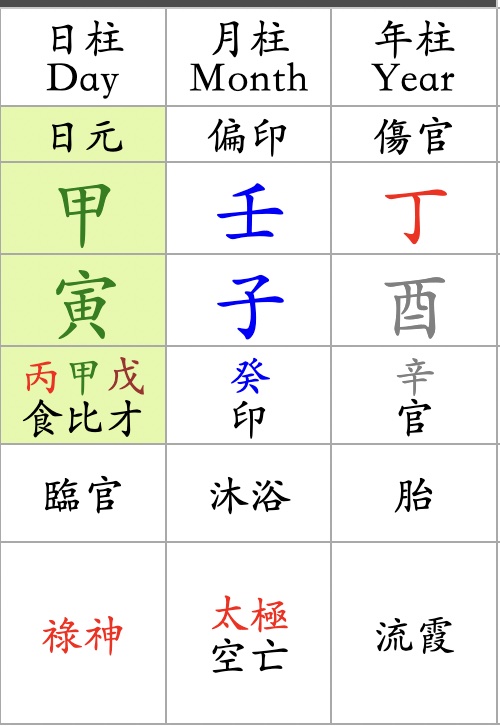
Wood tiger is really strong yang wood. What is yang wood? It’s a tree. Here’s a picture of a tree:
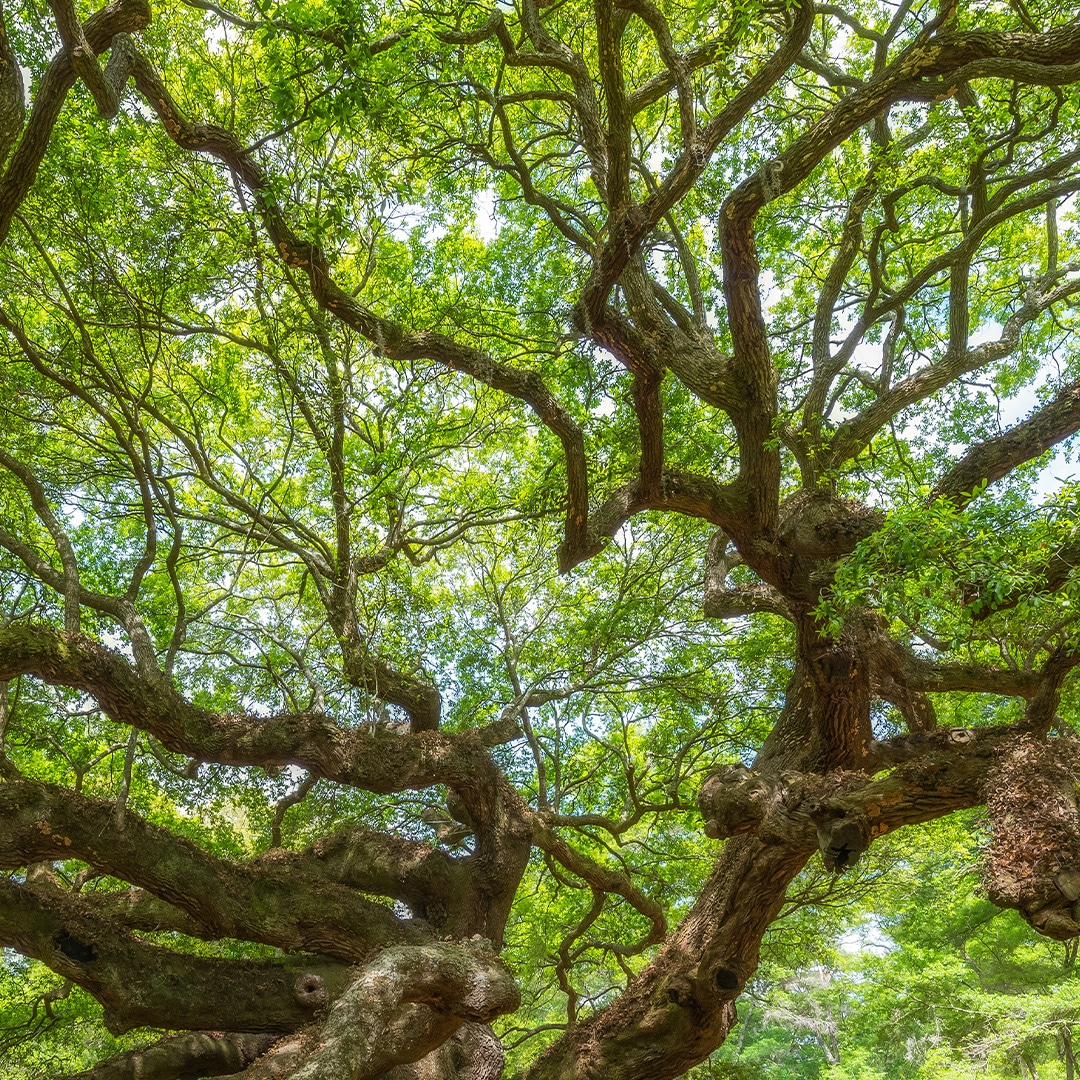
Even though Cao Guo-Qiang is known for working with gunpowder, his earlier works actually include a lot of tigers. I’m not even kidding.
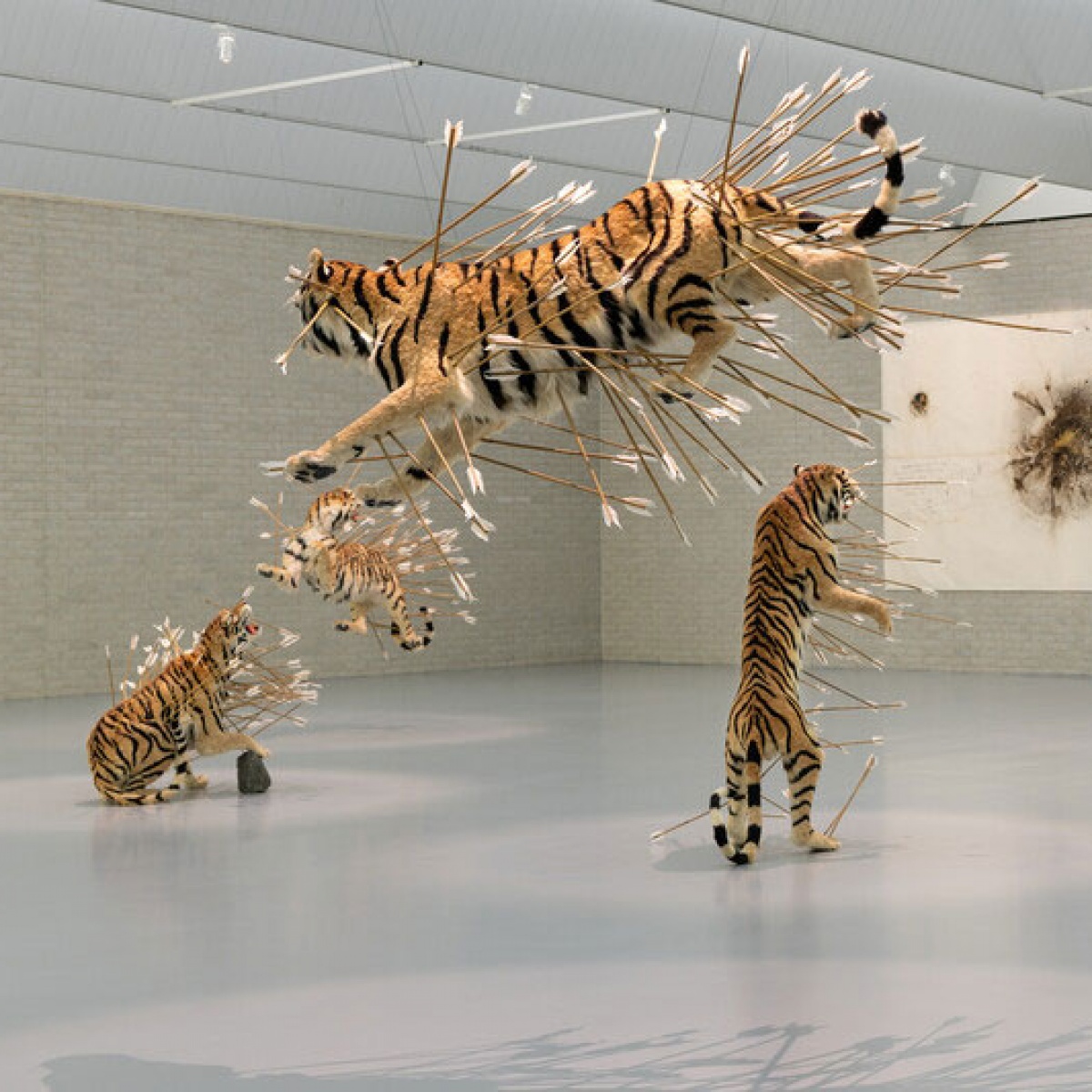
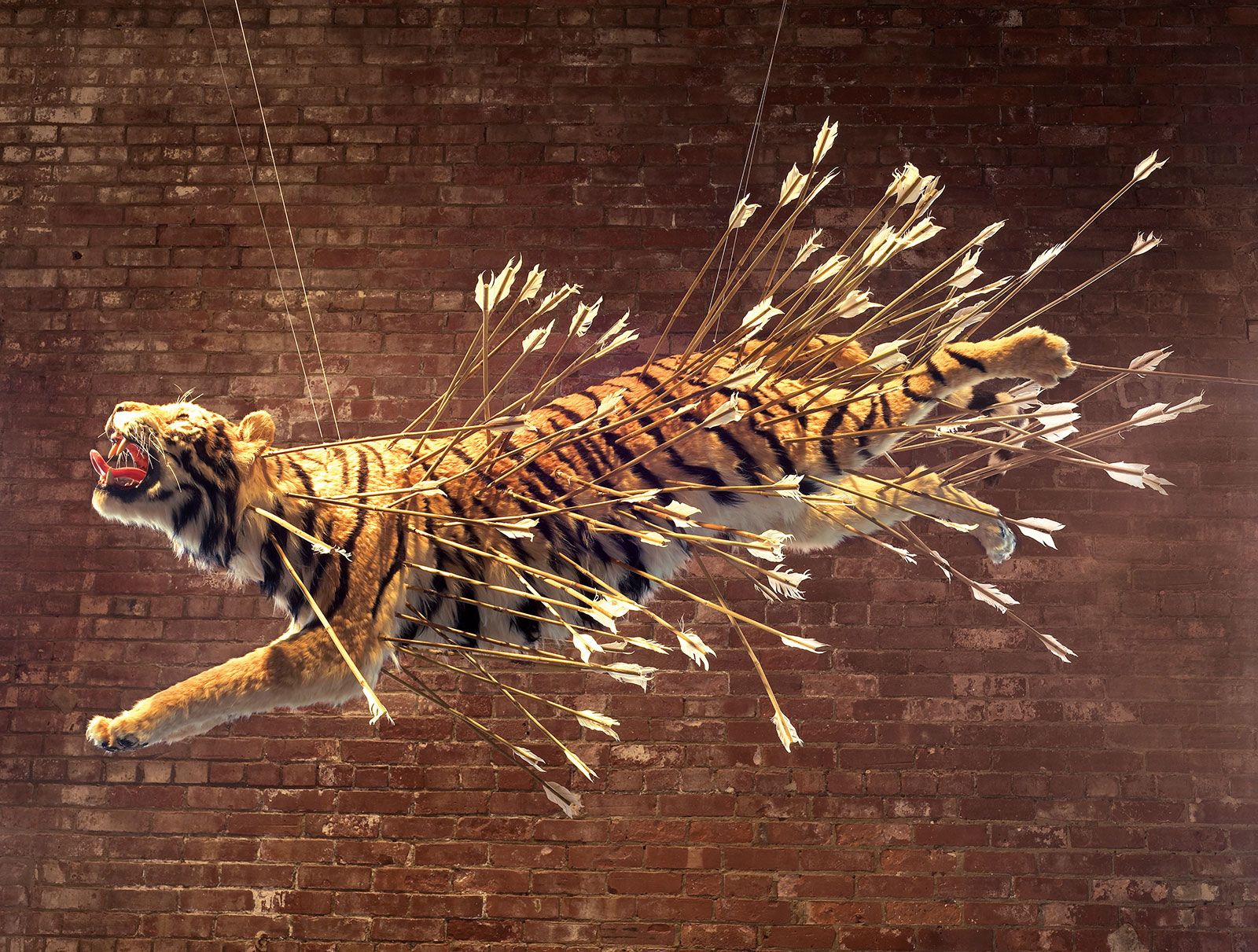
What makes his works wood-like? It’s not just that the tigers are filled with arrows made of wood. The tigers are also arranged so that the entire installation stretches across a room like a painting of the branches of a big tree.
A tree branch is a limb. The shapes of trees are always shaped by their access to sunlight. A tree in a field will appear round. A tree in a corner of the forest will twist its body around so that it can see the sun. This is what growth looks like. Growth looks like a form twisting and yearning upwardly towards wherever it receives energy.
When asked about this series, Cai Guo-Qiang actually says that the work is about heroism. Jia wood or yang wood is known to be the leader of the world because it is the first heavenly stem out of ten. When you talk about sticking out (of the ground), you’re literally talking about yang wood or a tree. A tree emerges as the first life form. It’s the initiator. That’s why wood is about springing into life.
Now, let’s look at Isamu Noguchi’s chart. He is a wood rabbit:
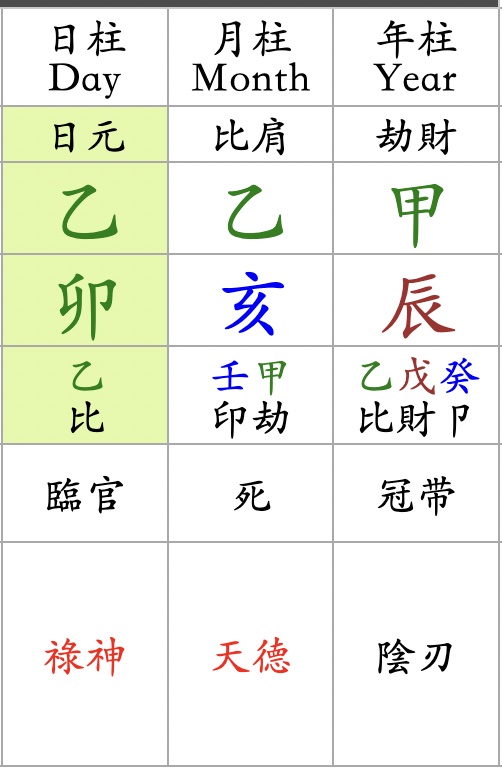
Wood rabbit is a very strong expression of yin wood. What is yin wood? It’s not a tree. It’s grass, flowers, moss, and vines. Because yang wood only grows up, it’s actually rather rigid. Yin wood is the opposite of rigid. Yin wood can look like anything. It can be round, curled, flimsy, thin, fuzzy, and camouflaged. Yin wood is incredibly diverse.
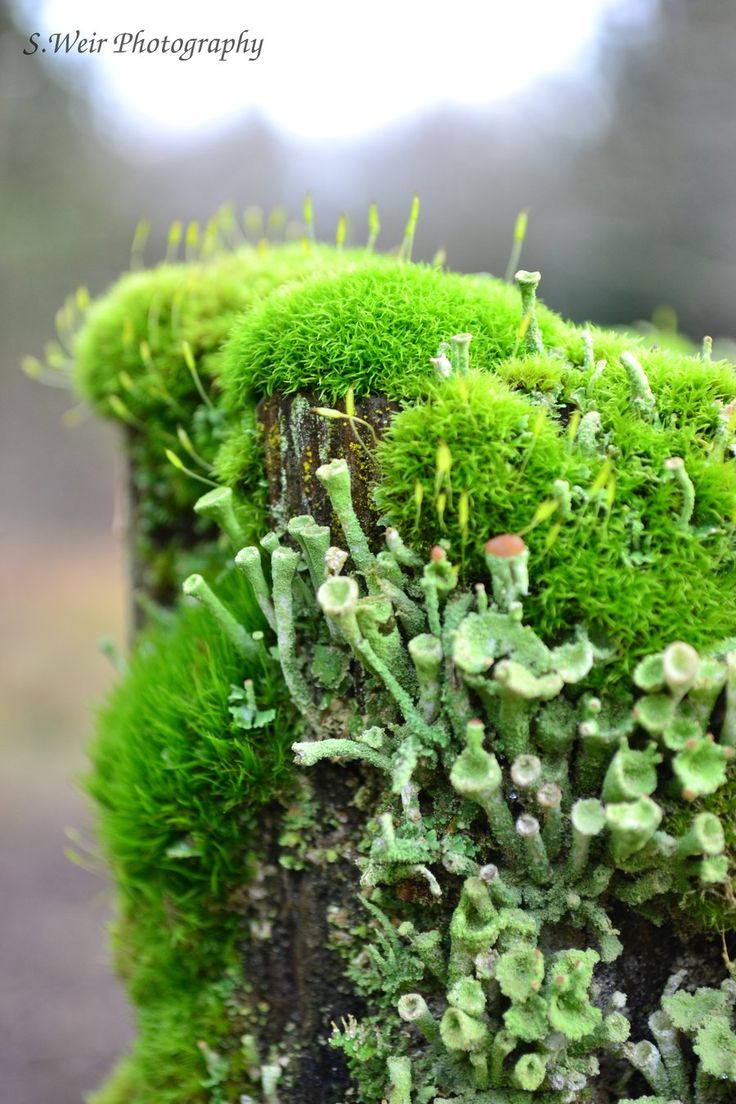
Most importantly, yin wood is flexible. It can bend. Yin wood isn’t easily breakable. When challenged, it will bend to avoid breaking.
Noguchi worked across a wide variety of mediums. He used stone, wood, metal, and paper. He used a lot of paper. Paper is wood. He cast, he carved, and he hung. There’s basically not a single material that he didn’t work in.
When using different materials, Noguchi makes various forms. Look at his Akari paper lamps. This is the work that he is most famous for.
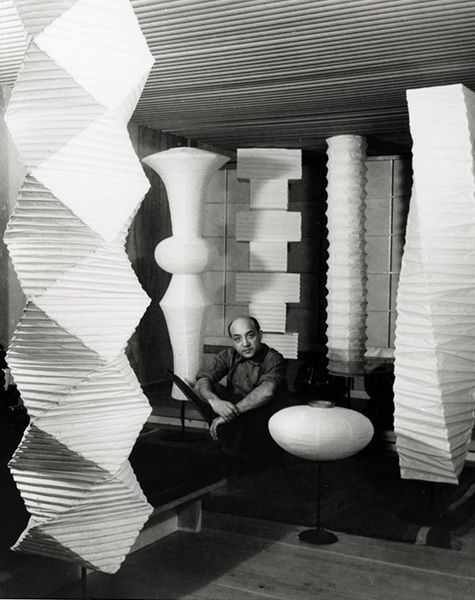
There’s a third thing about yin wood that is very important. Yin wood doesn’t grow big and strong the way that yang wood does. So how does yin wood assure itself of its durability? It grows a lot and very fast.
Yin wood replicates itself. This is why yin wood people care about their habits. They like to do the same thing over and over.
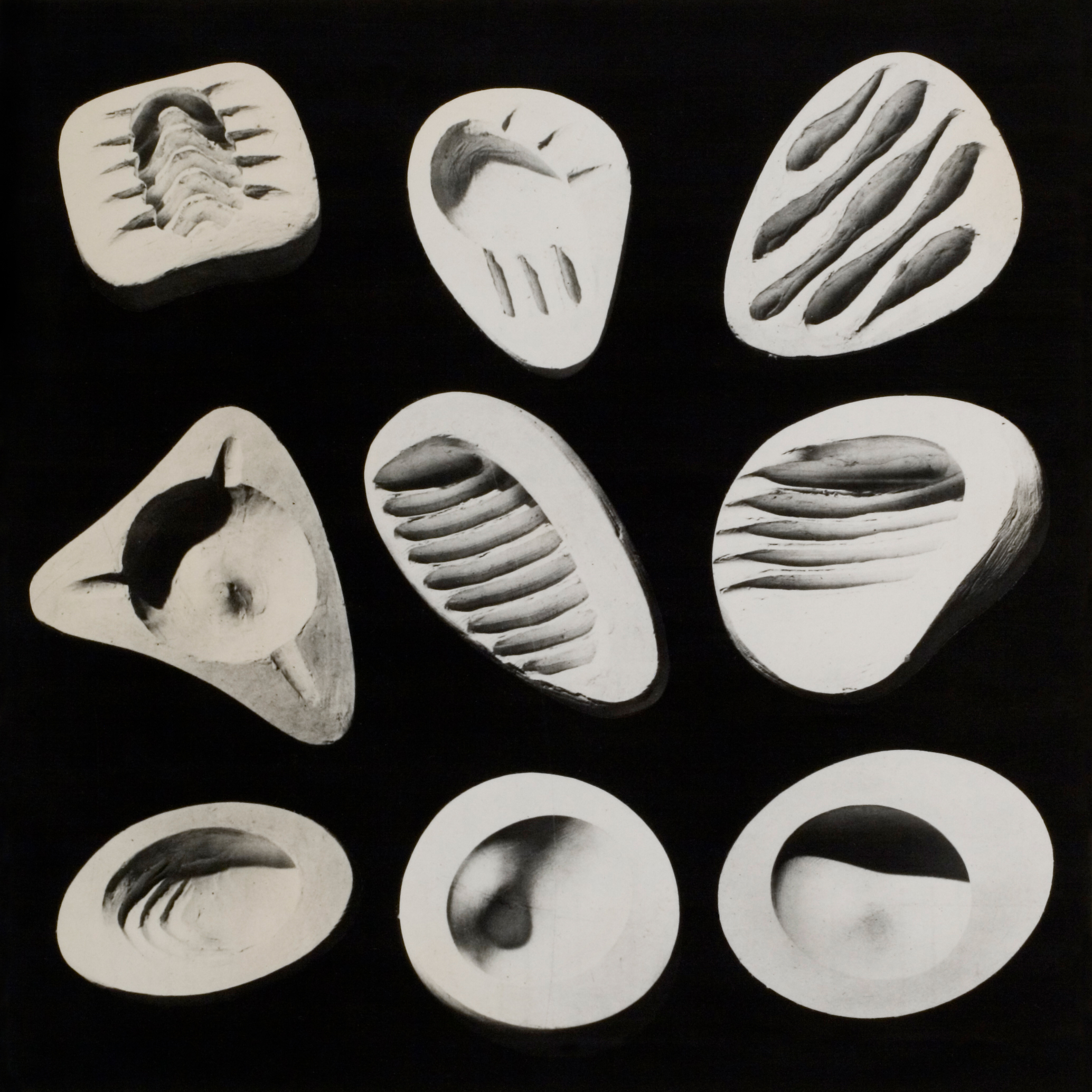
The thing that Noguchi is known for is accessibility. He wanted to make artworks accessible for regular people. This is why he made things like furniture, lamps, and even ashtrays. Even today, you can buy handmade Akari lamps from the Noguchi Museum gift shop.
But are Noguchi’s works mass produced? Not really. There’s a specific formula to making them but they are all made by hand. This means that they come in various forms, that there isn’t just one mold. Making everything the exact same is too rigid for yin wood. Yin wood is reproducible but every production is not the same piece but another attempt. Every piece has its unique imperfections and folds. This is how life mutates—through patterns. It does the same thing over and over but a tiny bit different until it mutates.
It’s interesting. Ruth Mattel is also a yin wood day stem. She’s the woman who invented Barbie. Barbie is, of course, mass produced but every Barbie is just a tiny bit different. This is why Barbie feels like she’s really alive. It’s why she changes with the times and evolves.
Wood is about life and life is about opportunity. Cai Guo-Qiang’s tigers are part of a series called Inopportune. The tigers are moving in one swirling direction but so are the wooden arrows shooting into them. There’s pain in life because life forms that intersect sometimes cut into or eliminate one another.
In contrast, Noguchi’s unendingly reproducing forms just keep amassing. If you destroy one paper lamp, it doesn’t matter. If you tear one blade of grass in a field, then the field still stands. The artwork isn’t precious because there is so much of it.
Wood is about youth. It’s about life and it’s about looking for opportunity. It’s the first of the five phases in Chinese cosmology. Let’s keep looking at more. Next, we’ll look at fire.
1 of 187
>>>
